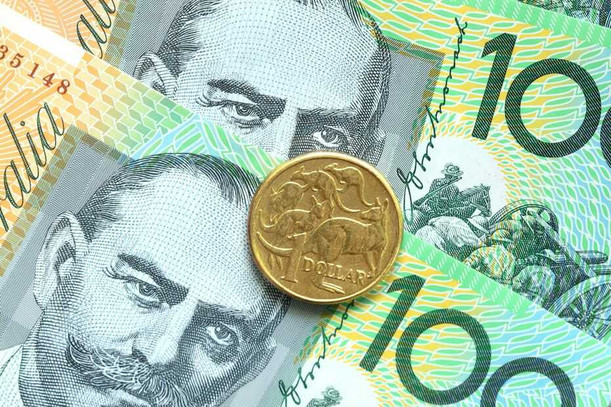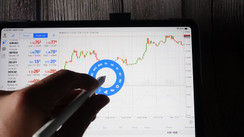The Reserve Bank of Australia is the central bank of the Commonwealth of Australia. The bank is in charge of issuing and managing the Australian dollar. The Reserve bank of Australia is highly involved in banking and registry services for federal agencies and some international central banks.
Established in 1960, the RBA is owned by the Australian government. The governor is Philip Lowe.
The RBA has the responsibility of providing services to the government as well as to Australian banks and institutions.
The history behind the RBA
The idea for a national bank in Australia rose in the middle of the 19th century. Back in 1911, legislation established the Commonwealth Bank of Australia, a decade after the country gained its independence from Great Britain.
It was not seen as a central bank, and because of that, it was not charged with the management of the Australian currency. The responsibility was given in 1924 when the Commonwealth Bank Act put it in charge of issuing the Australian pound. Now Australia doesn't operate with the Australian pound, but with the Australian Dollar (AUD).
In 1967, the RBA pursued a fixed exchange rate of the Australia dollar to the U.S dollar (USD). This fixed rate between the U.S dollar and the Australian Dollar continued up until 1983. In that year, the Australian dollar was allowed to trade freely based on supply and demand in international money markets.
What is its role?
The main role of the Reserve Bank of Australia is to use monetary policy and banking regulations to help the Australian population. The mandate, and therefore, the primary focus of the bank is to accomplish this by maintaining stable prices and a stable currency. They also aim for full employment and maximum economic prosperity and welfare of the people.
The goal of the RBA is to set the interest rate low enough to promote maximum Australian employment and economic growth. At the same time, it aims to keep inflation between %2 and %3 per year.
How is it organised?
The RBA is managed by two boards, being the Reserve Bank Board and the Payments System Board.
The first one meets 11 times per year, on the first Tuesday of every month, except January. They assess and discuss economic conditions and decide on interest-rate policy. After each meeting, the RBA policymakers publish any monetary policy decisions they’ve made. They, later on, implement those decisions while buying and selling short-term government debt in the open market.
On the other side, the Payments System Board oversees risk when it comes to the financial system, promoting an efficient payment system and competition in the payment service market.
How to trade using it as reference
The decisions of the Reserve Bank of Australia regarding monetary policy have a high power when it comes to affecting the value of the Australian dollar in the foreign exchange market.
Traders have to keep in mind all the decisions made by the RBA and how low the rates are during the year to make the right decisions about it. Like other central banks, everything it does affects the economy directly and the exchange rates in consequence.





